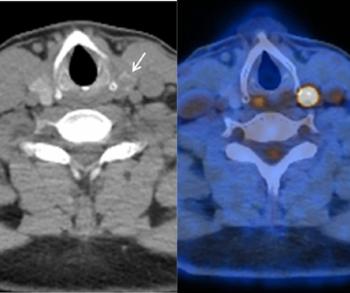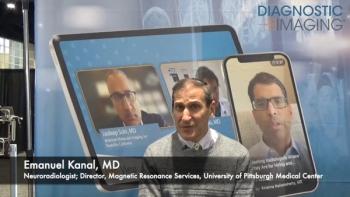FDA Clears CT-Based AI Tool for Detecting Vertebral Compression Fractures
The AI-enabled CINA-VCF algorithm can reportedly detect vertebral compression fractures within seconds after assessment of chest or abdominal CT scans.
A newly FDA-cleared artificial intelligence (AI) algorithm may bolster the early diagnosis of osteoporosis-related vertebral compression fractures that reportedly affect 750,000 patients annually in the United States and are commonly undetected.
By assessing chest or abdominal computed tomography (CT) scans,
Noting that CINA-VCF was validated on 474 CT scans obtained from 38 scanner models and four different scanner manufacturers, Avicenna.AI said the CINA-VCF tool offers strong sensitivity and detects vertebral compression fractures within seconds.
"Osteoporosis is a global burden affecting millions, especially postmenopausal women, and often goes unnoticed until symptoms like pain and loss of mobility appear," said Cyril Di Grandi, the co-founder and CEO of Avicenna.AI. "By detecting vertebral compression fractures early, we aim to help patients maintain better mobility and independence, enhance the well-being of those at risk, and reduce the burden on health-care systems worldwide.”
Newsletter
Stay at the forefront of radiology with the Diagnostic Imaging newsletter, delivering the latest news, clinical insights, and imaging advancements for today’s radiologists.





























